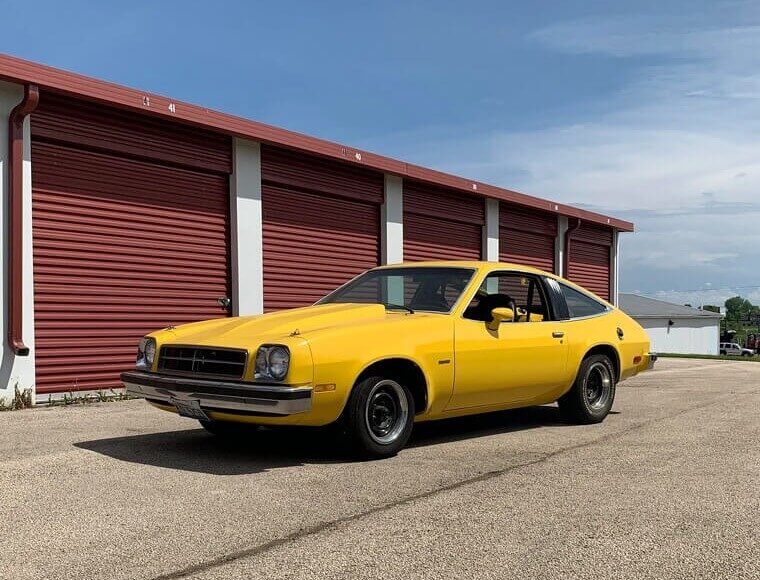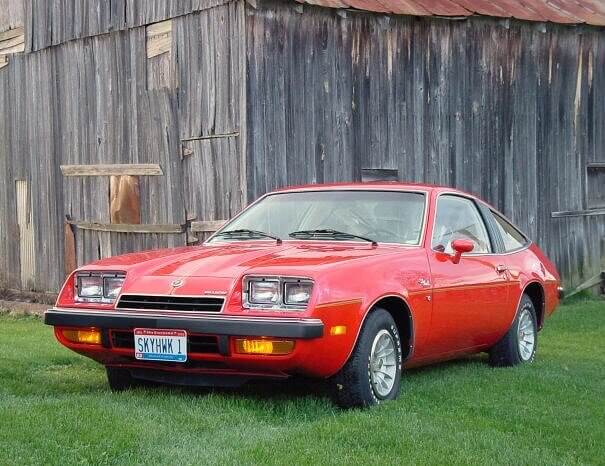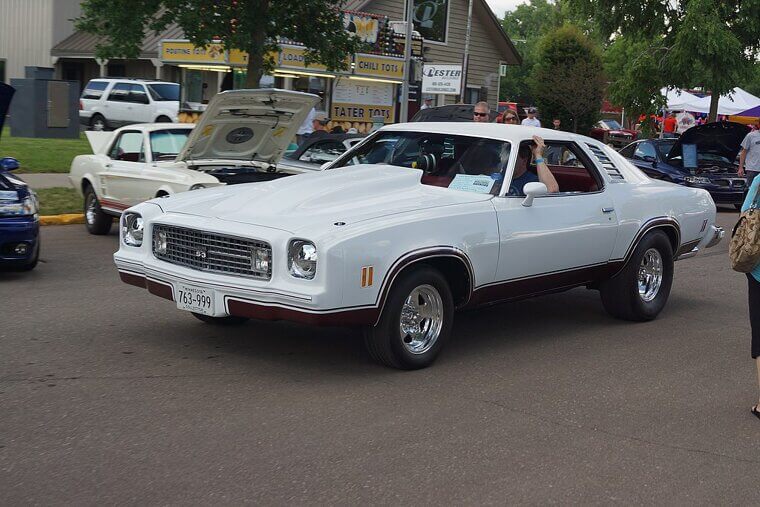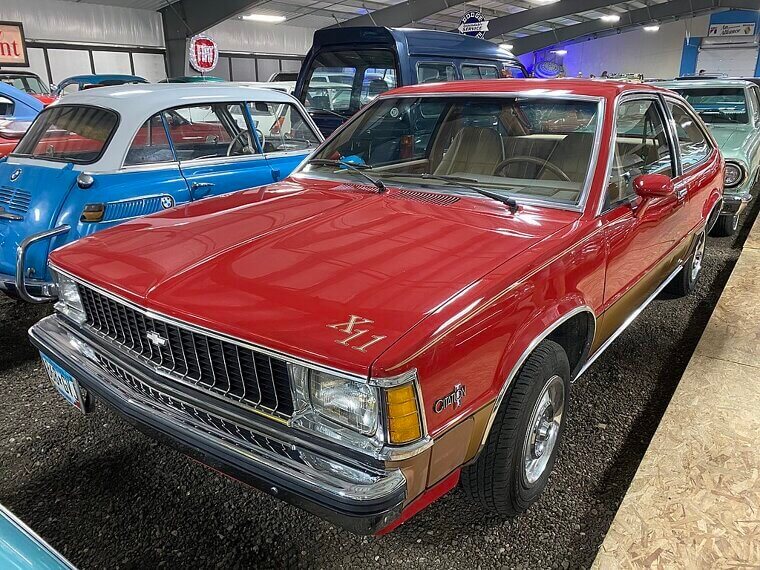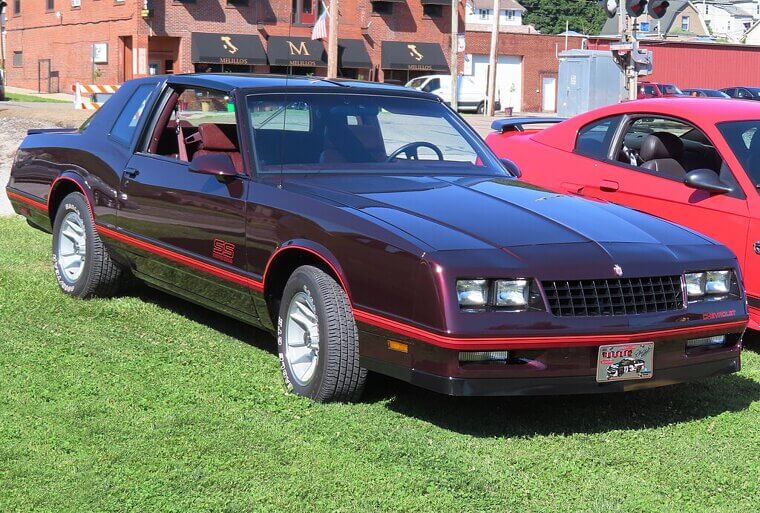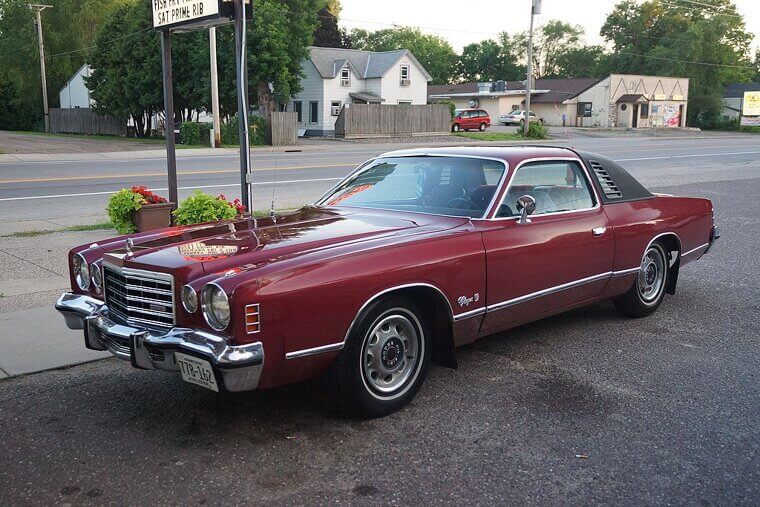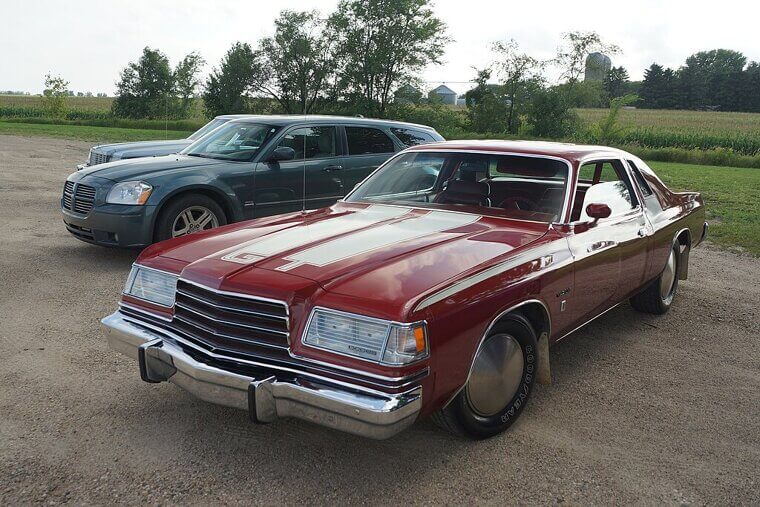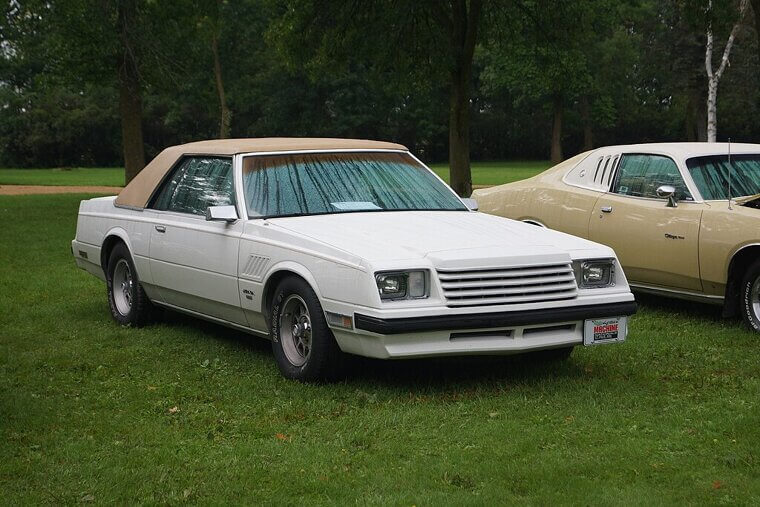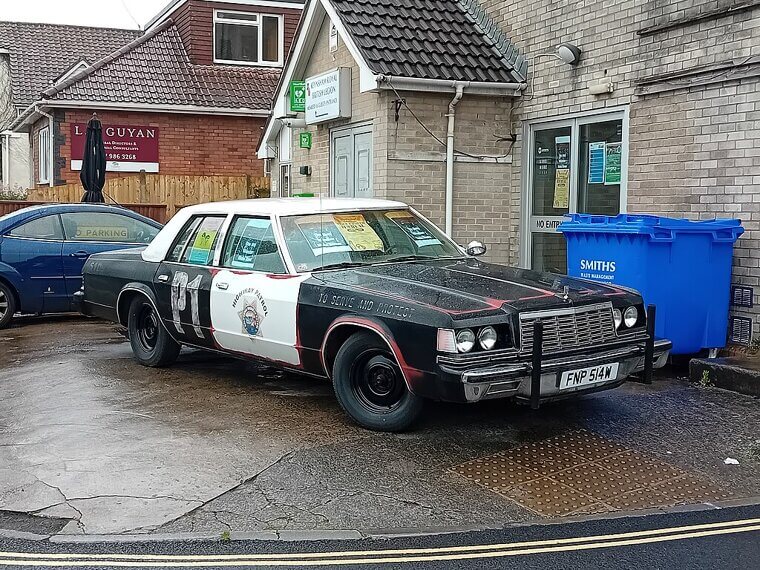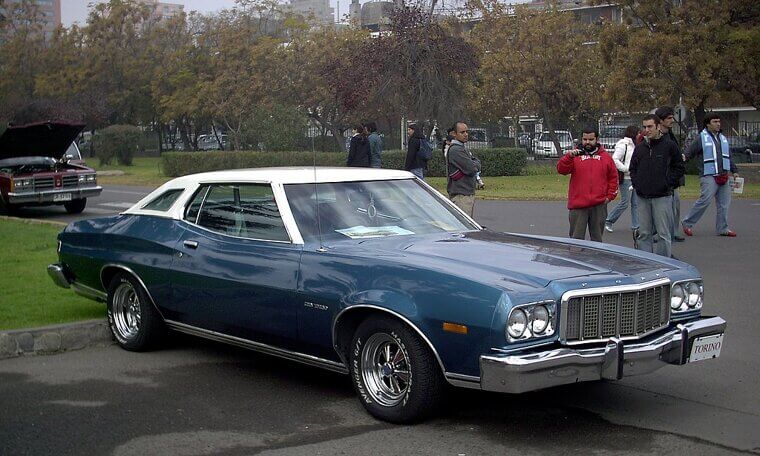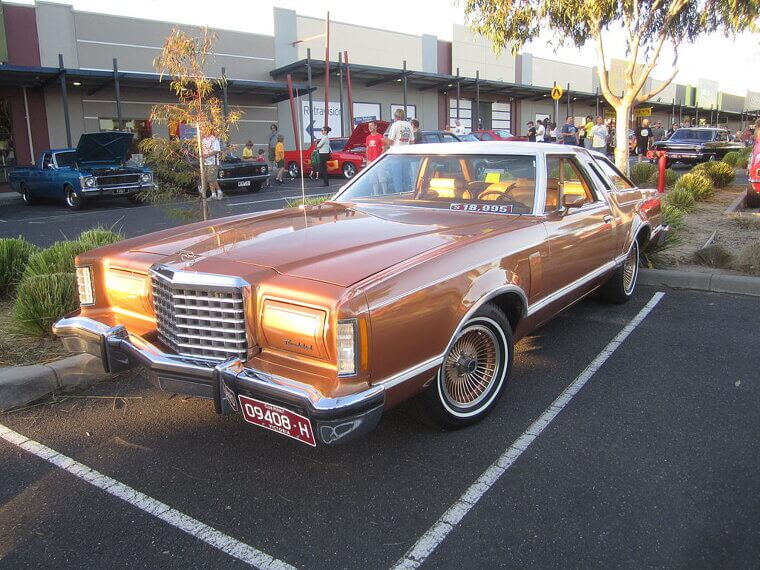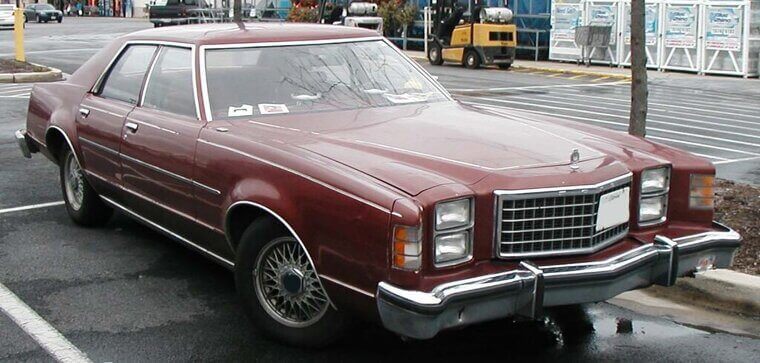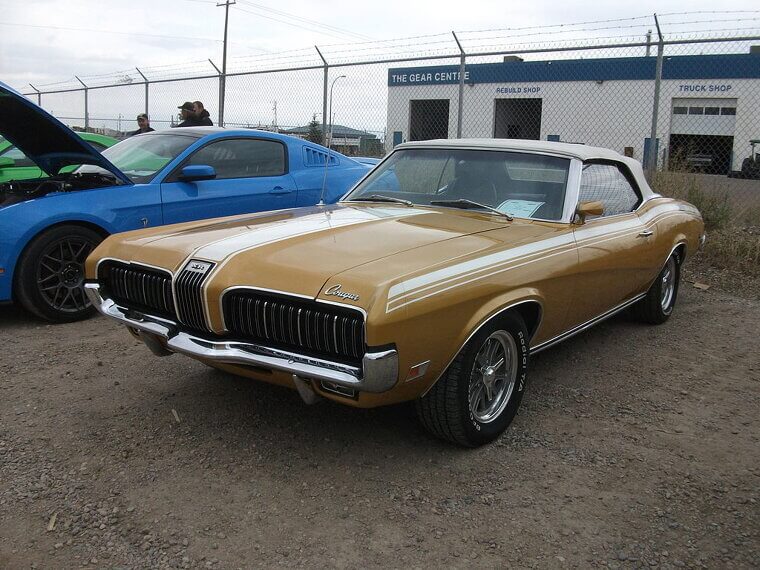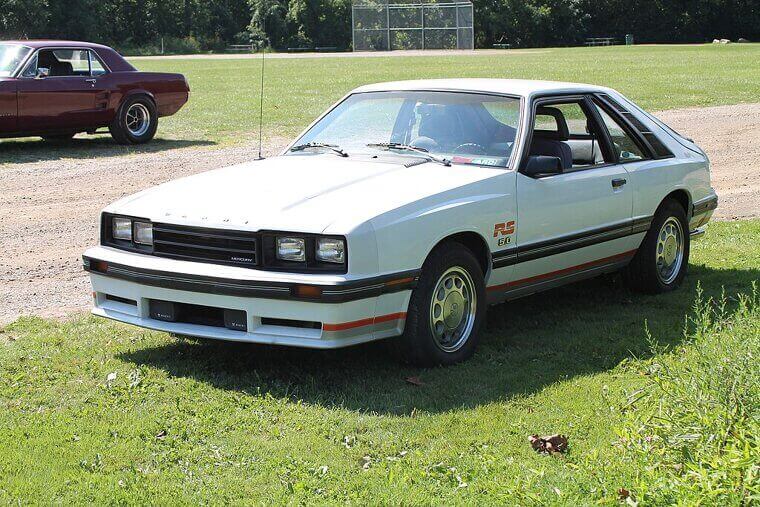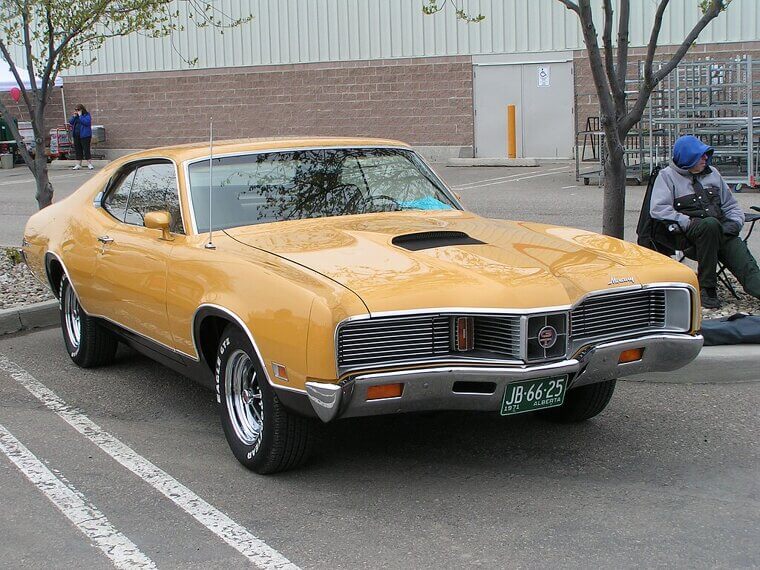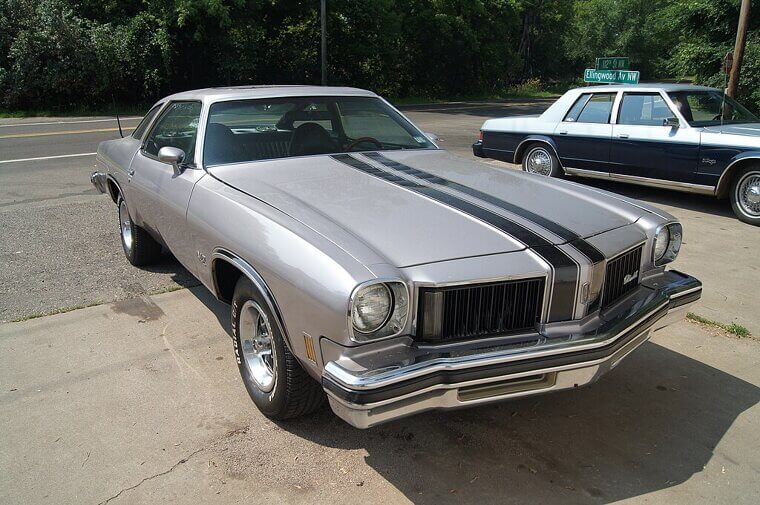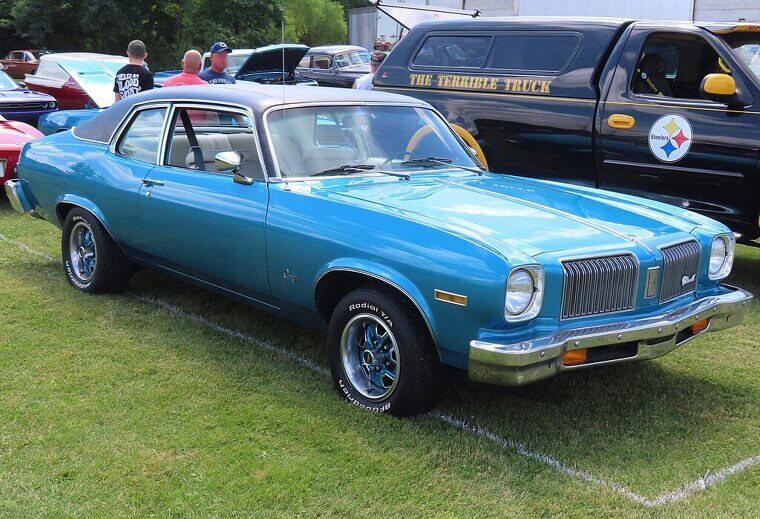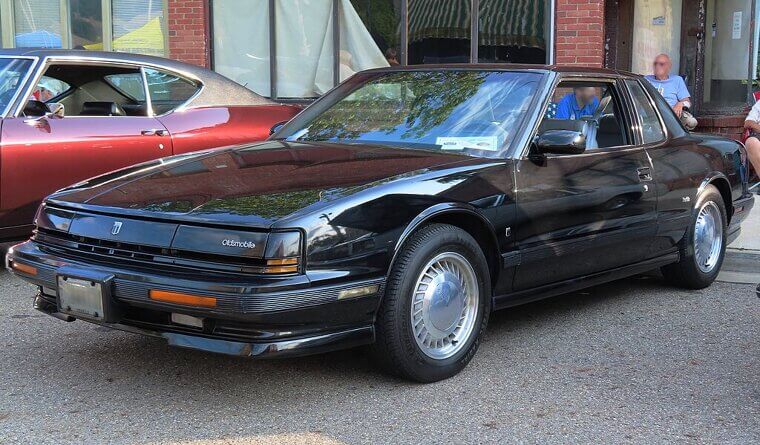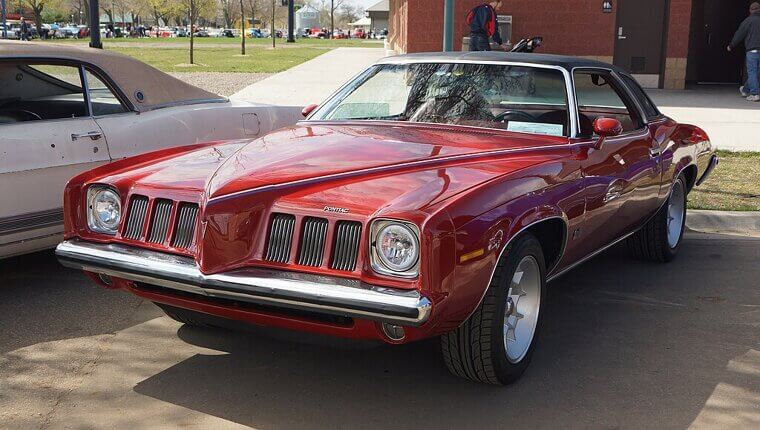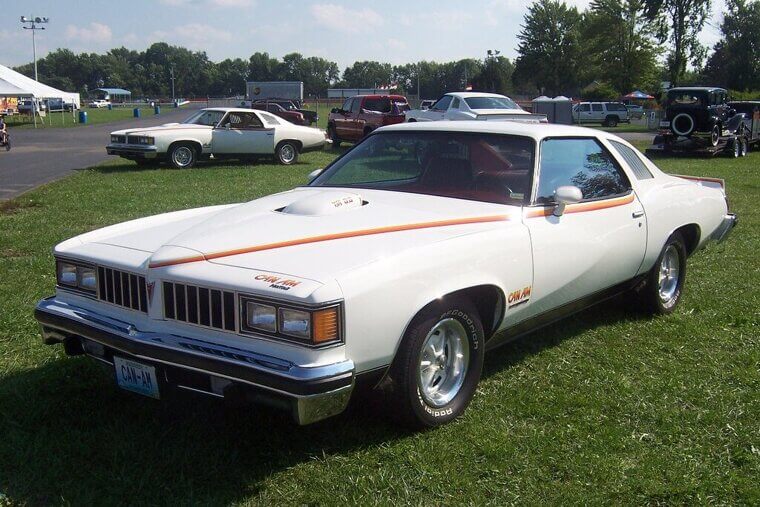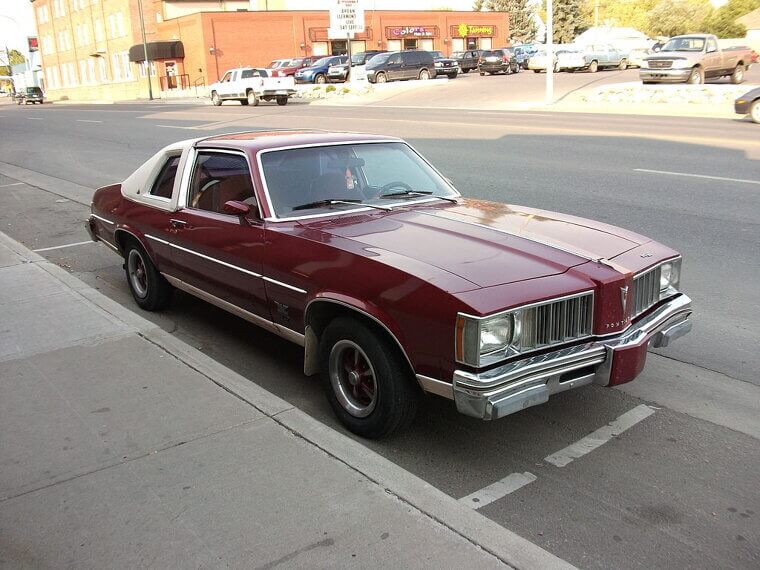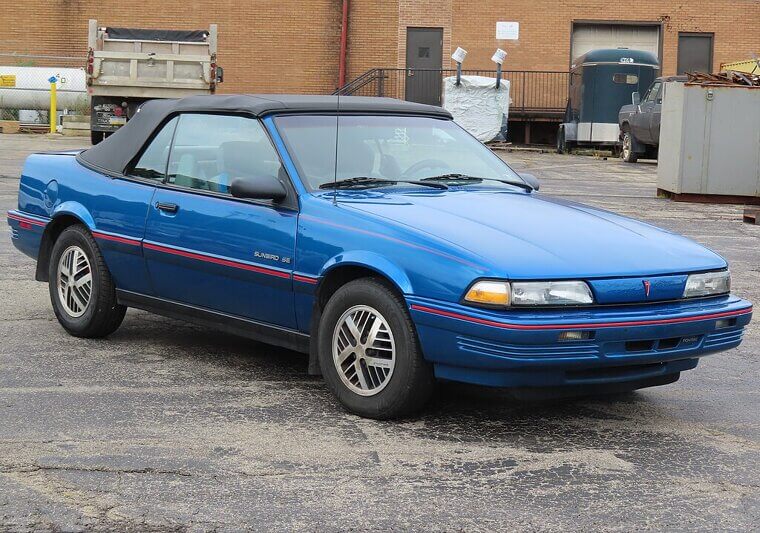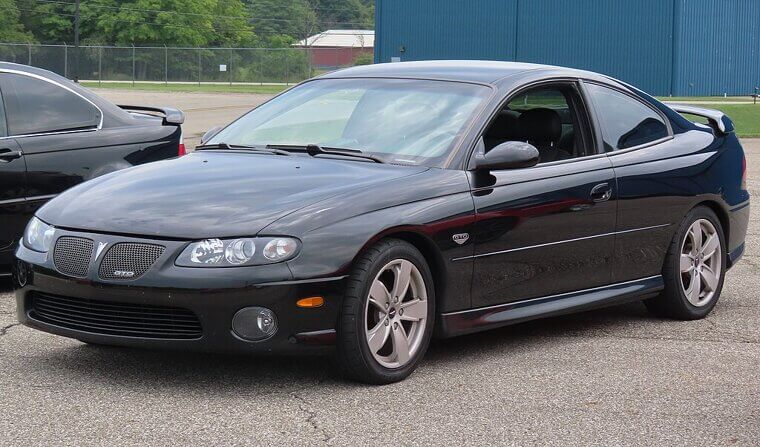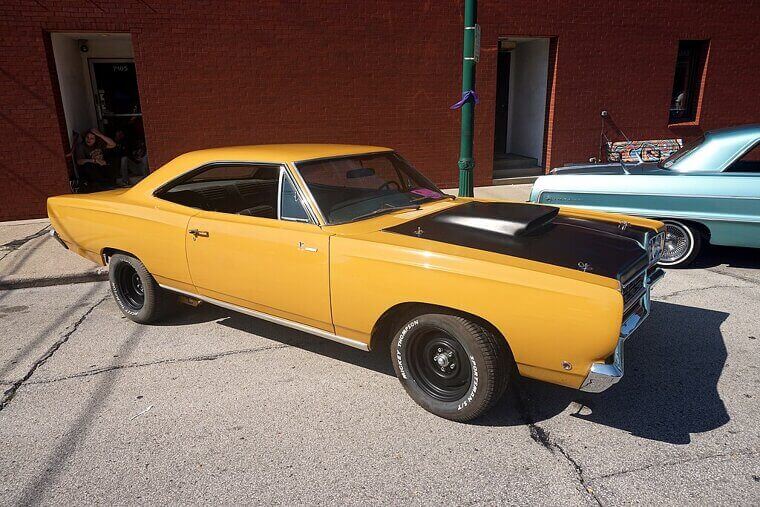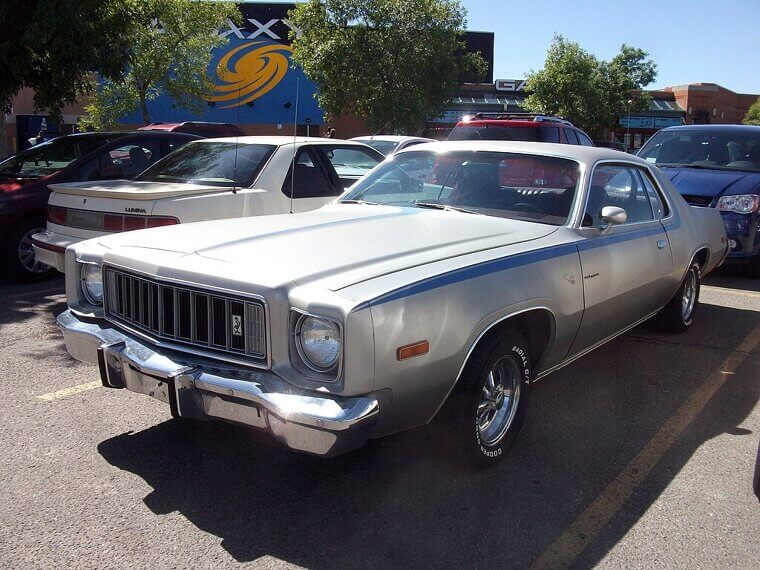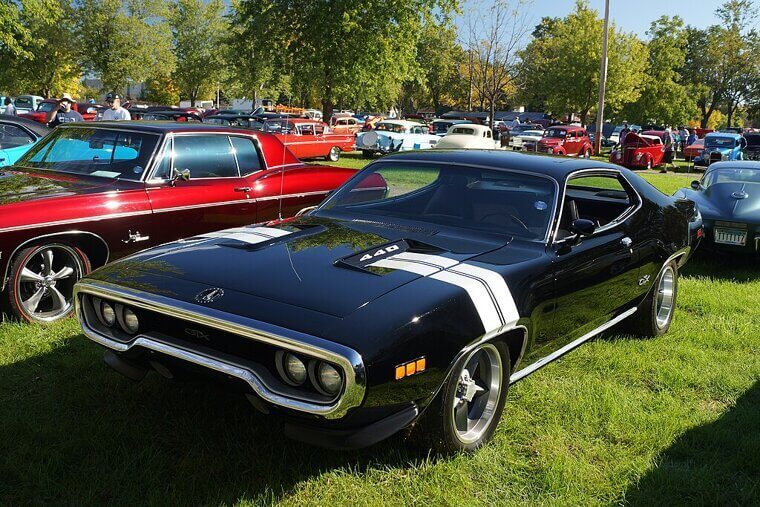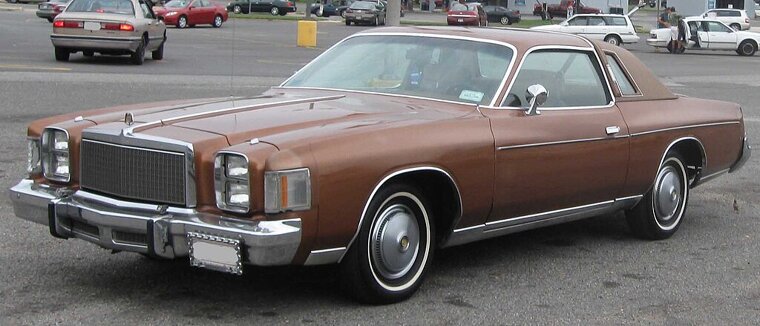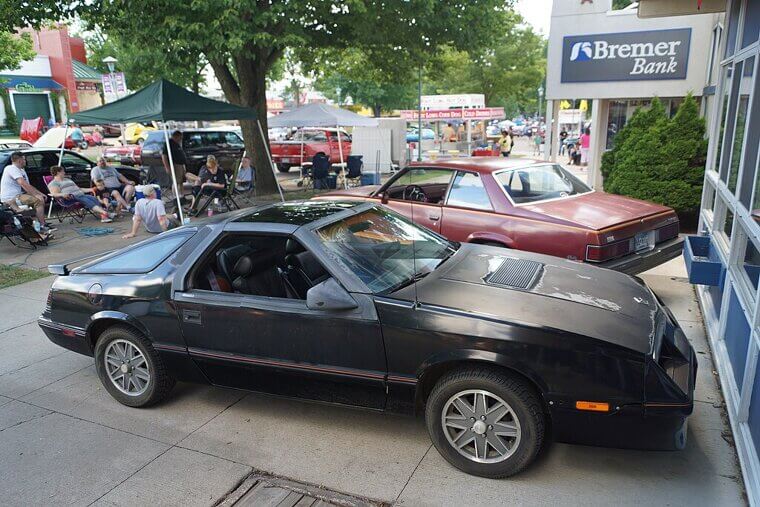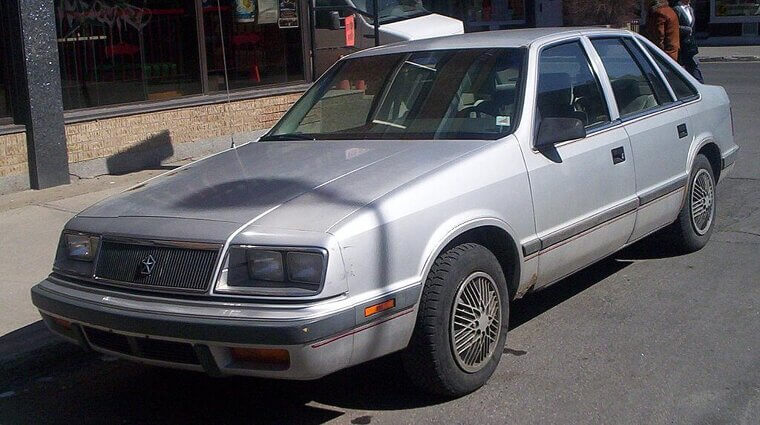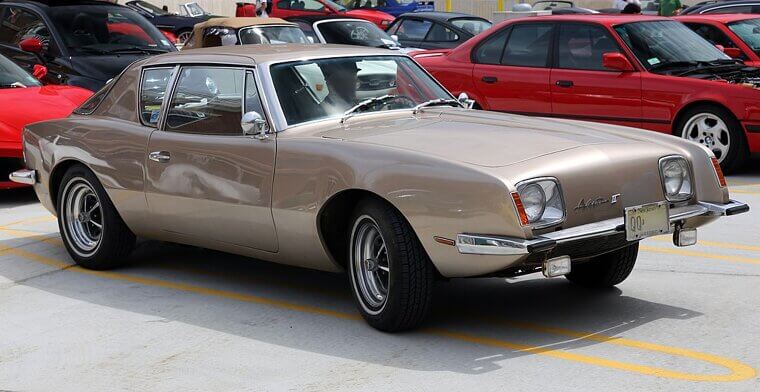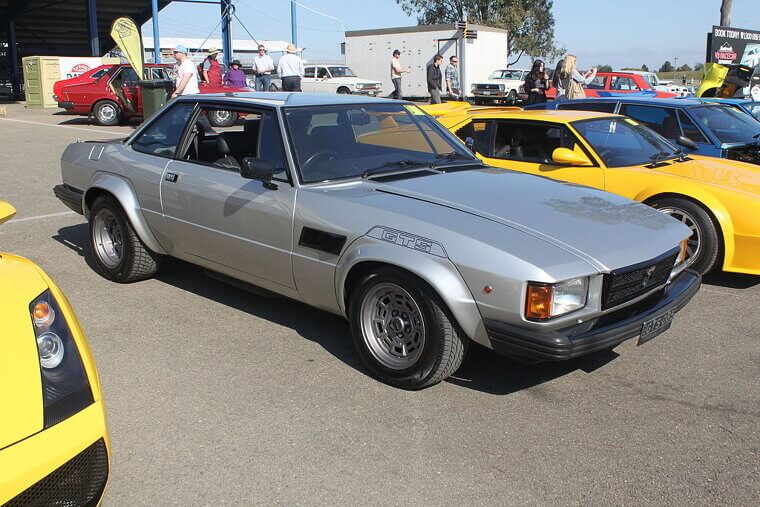The Muscle Cars That Failed to Make History
Muscle cars are supposed to be loud, proud, and unforgettable, but not every V8 dream deserves eternal glory. These are the orphans of horsepower - muscle cars that rolled off the lot, coughed, and were politely forgotten.
AMC Matador Machine (1971)
AMC tried to muscle in on the big leagues with the Matador Machine, but it looked more like a rental car in drag. Under the hood, it had some grunt, but its styling and marketing fell flat. Buyers wanted Mustangs, not Matadors.
Buick Skyhawk (1975–1980)
Imagine promising a hawk then delivering a pigeon with asthma. The Buick Skyhawk’s Vega in a Buick suit and offered little beyond badge snobbery. With smog-choked engines and forgettable performance, the Skyhawk circled the drain quickly. Today, most people barely remember it existed (and that’s probably for the best).
Chevrolet Laguna S-3 (1974–1976)
The Laguna S-3 was Chevy’s answer to NASCAR rules but felt like a car designed by committee. Heavy, bloated, and wearing opera windows, it struggled to live up to its racing pedigree on the street. Buyers didn’t bite, and the model was axed in just three years.
Chevrolet Citation X-11 (1980–1985)
The X-11 tried to inject excitement into the humble Citation. Spoiler: it didn’t. GM hyped it as a sporty front-driver, but torque steer and recalls defined its legacy. While the X-11 technically counts as a muscle-lite car of its era, most owners just remember trips to the dealership.
Chevrolet Monte Carlo SS Aerocoupe (1986–1987)
The Aerocoupe was a Monte Carlo stretched for NASCAR aerodynamics. On the track, it mattered; on the street, it just looked weird. Buyers weren’t lining up for a two-year oddball with a fishbowl rear window. Collectors care now, but back then, nobody cried when it disappeared from Chevy’s lineup.
Dodge Charger SE (1975–1978)
Once a king of muscle, by the mid-’70s the Charger had become a bloated barge. The SE version was more about vinyl roofs and plush interiors than horsepower. Emissions neutered its engines, and performance was an afterthought. Muscle car fans turned their backs, and the Charger’s reputation nose-dived into mediocrity.
Dodge Magnum XE (1978–1979)
Chrysler pitched the Magnum XE as a futuristic sports coupe, but it was more “personal luxury” than pavement-shredding. Heavy, sluggish, and saddled with weak powerplants, it couldn’t outrun its own styling gimmicks. Buyers shrugged, sales tanked, and the car vanished in two years.
Dodge Mirada CMX (1980–1983)
Dodge really wanted the Mirada to be a Thunderbird fighter, but instead it ended up shadow-boxing itself. Styled handsomely but powered weakly, it was muscle in name only. Buyers ignored it, NASCAR teams abandoned it, and Dodge quietly pulled the plug.
Dodge St. Regis Police/Muscle Variants (1979–1981)
The St. Regis is remembered (barely) as Chrysler’s awkward downsizer experiment. Cops hated it, muscle fans ignored it, and its performance was anemic. Even police-package models with V8s couldn’t save it from mediocrity. After just a couple years, the St. Regis was gone.
Ford Torino (1974–1976)
The Torino once packed real muscle, but by ’74 it was just another emissions-strangled hulk. The styling grew heavier, performance dwindled, and insurance rates skyrocketed. The Torino’s malaise versions proved that slapping “muscle” on a badge didn’t guarantee excitement. By the time Ford axed it, few tears were shed.
Ford Thunderbird (Seventh Gen, 1977–1979)
The once-iconic Thunderbird had morphed into a bloated “personal luxury” couch by the late ’70s. Sure, it had V8 options, but weight and strangled output made performance a distant memory. Buyers flocked at first, but enthusiasts sighed. It wasn’t a bird of prey anymore, just a turkey in vinyl.
Ford LTD II Sport (1977–1979)
Ford’s attempt at giving the LTD II a sporty flair added stripes and spoilers, but under the hood it was still a wheezing, overweight barge. Nobody bought it to go fast, and those who did learned quickly that the “Sport”name was just a cruel marketing joke.
Ford Fairmont Futura Turbo (1978–1983)
The Fairmont Futura Turbo sounds exotic, right? In reality, it was just Ford’s boxy commuter with a wheezy turbo slapped on. Turbo lag was glacial, reliability spotty, and the looks screamed rental fleet. Few noticed it then, and fewer remember it now.
Mercury Cougar XR-7 (1974–1979)
Once a Mustang’s upscale sibling, the Cougar ballooned into a vinyl-roofed land yacht. The XR-7 trim emphasized luxury touches over performance, leaving buyers with a sluggish boat dressed in fake wood. Muscle car fans deserted it in droves, and by the late ’70s, the Cougar had lost its claws entirely.
Mercury Capri RS 5.0 (1979–1986)
This Fox-body cousin to the Mustang should’ve been memorable… but it wasn’t. The Capri RS 5.0 had decent performance on paper, but oddball styling, bubble hatch glass, and weak marketing doomed it to Mustang’s shadow which collectors barely remember.
Mercury Montego GT (1972–1976)
The Montego GT tried to be sporty; however, it looked like a Torino that had given up. Heavy, underpowered, and saddled with emissions controls, it couldn’t deliver thrills. Even its fastback styling couldn’t save it from mediocrity. Buyers stayed away, and Mercury quietly pulled the plug without anyone noticing.
Mercury Cyclone Spoiler (1970–1971)
The Cyclone Spoiler sounded cool, but by 1970 the muscle car wars were cooling off. It had NASCAR-inspired looks, yet timing was terrible. Insurance rates skyrocketed, and buyers bailed. With only two model years, it vanished into obscurity.
Oldsmobile 442 (1973–1980)
The legendary 442 became a shadow of itself in the ’70s. Once a performance icon, it was reduced to decal packages and weak engines. Buyers remembered the glory days, then looked at the new 442 and sighed in disappointment. It limped along through the malaise years, but few cared anymore.
Oldsmobile Omega SX (1973–1979)
The Omega SX tried to be Oldsmobile’s sporty compact, but it was really just a Chevy Nova in cosplay. Performance was minimal, styling uninspired, and handling nothing special. Buyers weren’t fooled, and the Omega SX faded fast, leaving behind little more than a badge-engineered footnote in Oldsmobile’s long decline.
Oldsmobile Toronado Trofeo (1987–1992)
By the late ’80s, Oldsmobile tried to add spice with the Toronado Trofeo, a high-tech “muscle luxury” coupe. But underneath, it was just a front-drive cruiser with gimmicky electronics. No muscle, no charm, and no audience.
Pontiac Grand Am (1973–1975)
The Grand Am was supposed to mix Euro sophistication with American muscle, but the Colonnade generation landed in the worst possible moment. Choked engines, weight gain, and odd styling doomed it. Pontiac fans shrugged, sales sagged, and the “Euro muscle” dream ended before it had even really begun.
Pontiac Can Am (1977)
The Can Am sounded fierce, though it was more a marketing stunt than a muscle revival. Based on the LeMans with a 400-cube V8, it looked the part but arrived during tightening emissions, rising insurance, and waning demand. Production problems killed it after one year.
Pontiac Phoenix SJ (1977–1979)
The Phoenix SJ was meant to be Pontiac’s sporty compact, but it mostly smoldered in mediocrity. Styling was bland, performance was strangled, and reliability was suspect. Buyers ignored it, journalists panned it, and Pontiac let it fade quietly. The only thing “Phoenix” about it was how fast it turned to ashes.
Pontiac Sunbird GT Turbo (1984–1988)
On paper, the Sunbird GT Turbo was promising: a small, boosted coupe ready to punch above its weight. In reality, it was fragile, underwhelming, and easily outclassed. Turbo lag and build quality issues sealed its fate. It came and went like a weak firecracker: noise up front, nothing memorable afterward.
Pontiac GTO (Fifth Gen, 2004–2006)
The revival of the legendary GTO had all the power in the world but none of the flair. A rebadged Holden Monaro, it looked too plain to wear the hallowed badge. Enthusiasts wanted retro style, but got an anonymous blob. It drove great, but the GTO soul was missing.
Plymouth Duster 360 (1974–1976)
The Duster 360 tried to add muscle to Plymouth’s compact coupe, but by ’74, emissions strangled its output. The result was a car that looked like it wanted to brawl but fought with pool noodles. Buyers abandoned it, and today it’s remembered as a half-hearted swing during the downturn years.
Plymouth Road Runner (1975–1980)
The mighty Road Runner - once Mopar’s budget street terror - limped into the malaise years with bloated styling and wheezy engines. Its cartoon bird mascot had more pep than the car itself. The name survived, but the magic didn’t. By 1980, nobody was chasing this bird anymore.
Plymouth Volaré Road Runner (1976–1980)
Pairing the Road Runner name with the Volaré platform was Mopar’s cruel joke. Heavy, underpowered, and plagued with quality issues, it was an embarrassment. Even diehard Plymouth fans pretended it didn’t exist. Slapping decals on mediocrity couldn’t fool anyone; it was the muscle car equivalent of reheated cafeteria meatloaf.
Plymouth Turismo Duster (1983–1987)
The Turismo Duster was Plymouth recycling old names on a forgettable K-car derivative. Calling it a “Duster” was false advertising - there was no muscle, just economy-car drudgery with stripes. Buyers didn’t care, enthusiasts rolled their eyes, and today it’s one of the least-remembered badge jobs of the entire decade.
Plymouth GTX (1971)
The GTX bowed out in 1971, a casualty of rising insurance rates and vanishing demand. Once “the Gentleman’s muscle car,” it had swagger, but by ’71, timing was against it. The name disappeared after a whimper, remembered mostly by collectors, not the streets. The GTX deserved better.
Chrysler Cordoba LS 400/300 “Performance” Package (1978–1979)
Remember Ricardo Montalbán selling “rich Corinthian leather”? Well, Chrysler also tried selling “performance” Cordobas. The LS 400 and 300 package added decals, firmer suspension, and slightly more power. It was lipstick on a bloated luxury pig. Buyers didn’t fall for it, and the so-called performance models were quietly buried.
Chrysler Laser XT (1984–1986)
The Laser XT was Chrysler’s attempt at a sporty front-wheel-drive coupe: it looked futuristic but drove like a re-skinned Dodge Daytona (and not a particularly good one). The XT badge promised excitement, but buyers got torque steer and reliability woes. It was more “light show” than laser beam.
Chrysler LeBaron GTS Turbo (1985–1989)
This was the hot-rod version of Chrysler’s K-car spinoff, a boxy front-driver with a turbo four. It made headlines briefly as Chrysler’s stab at Euro-style performance sedans, but the novelty faded. The turbo gave it punch, but lacked refinement - today, it’s remembered as “that weird LeBaron nobody misses.”
Studebaker Avanti II (1965–1982)
After Studebaker’s death, the Avanti II limped on as a boutique oddball. It wore muscle pretensions with Corvette engines under its fiberglass skin, but was overpriced, underdeveloped, and awkwardly styled. Sold in tiny numbers, it’s more of a curiosity than a classic.
De Tomaso Longchamp GTS (1972–1989)
The Longchamp GTS was an Italian muscle-luxury mashup that nobody asked for. Styled like a square Maserati knockoff and powered by a Ford V8, it promised international flair but delivered clumsy handling and limited appeal. Production was low, interest even lower.

